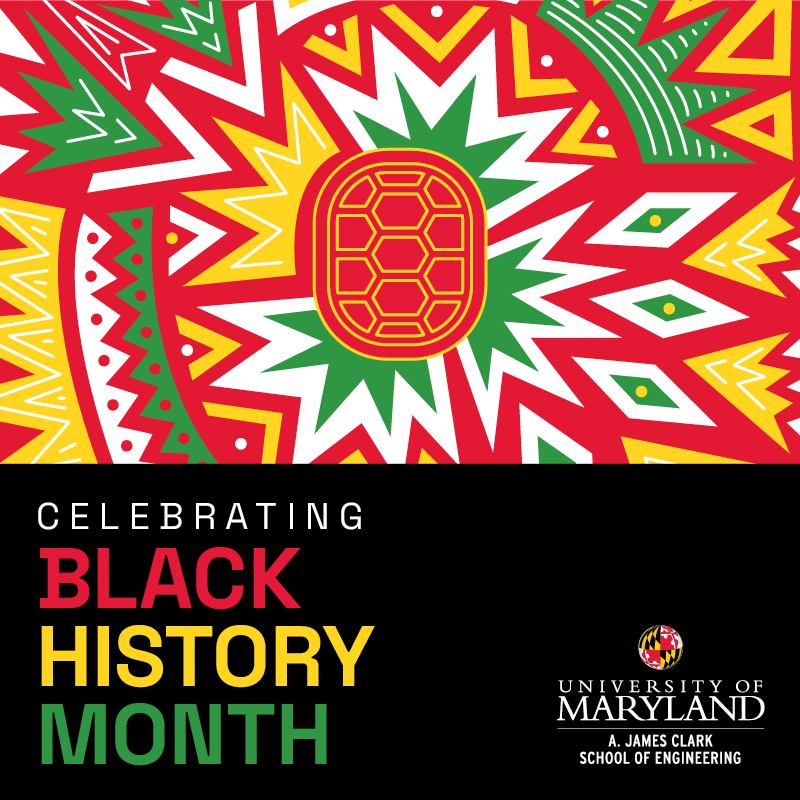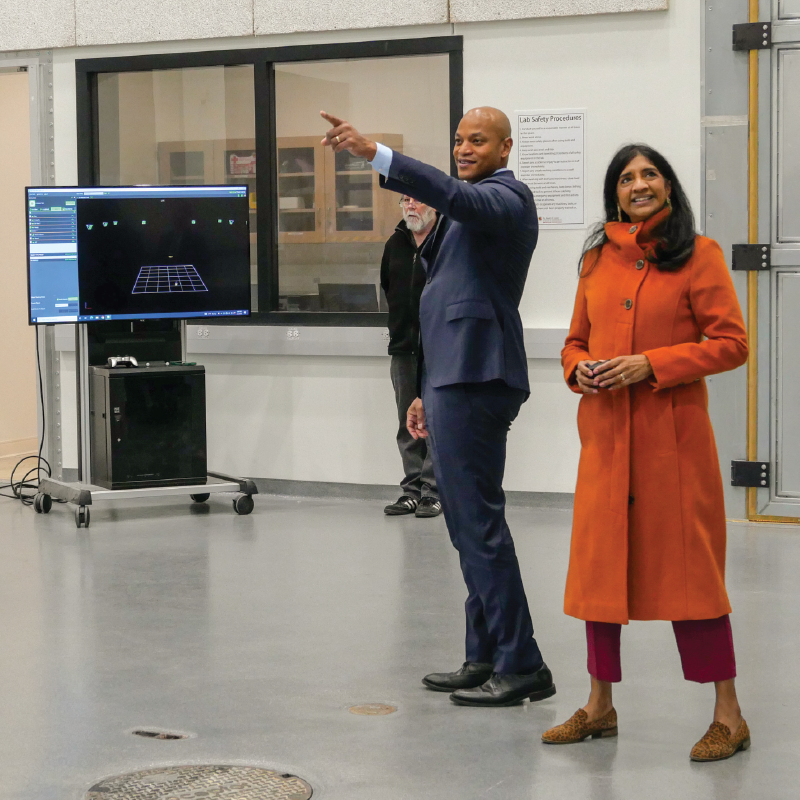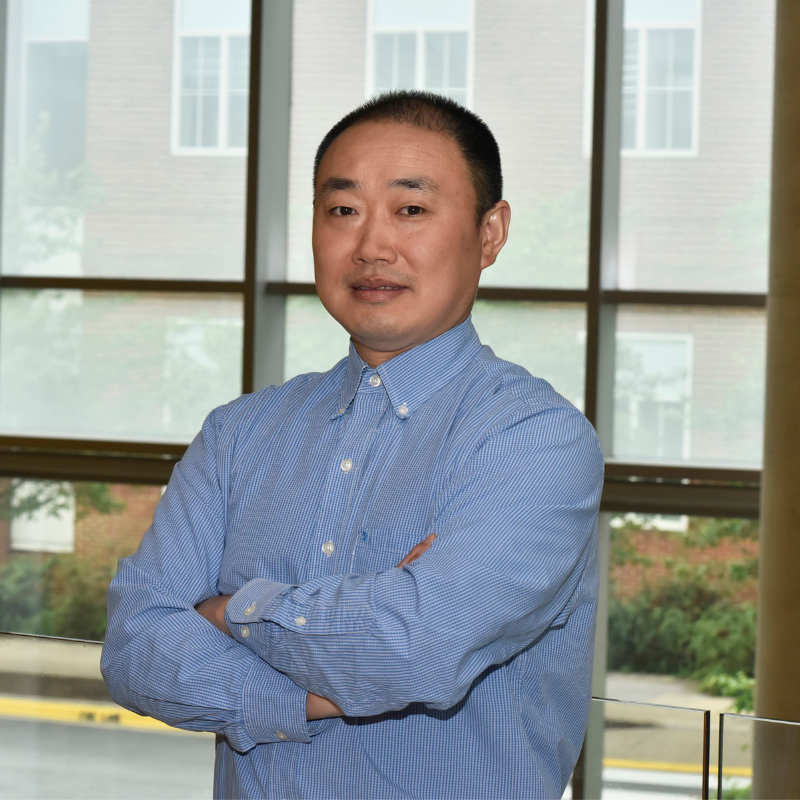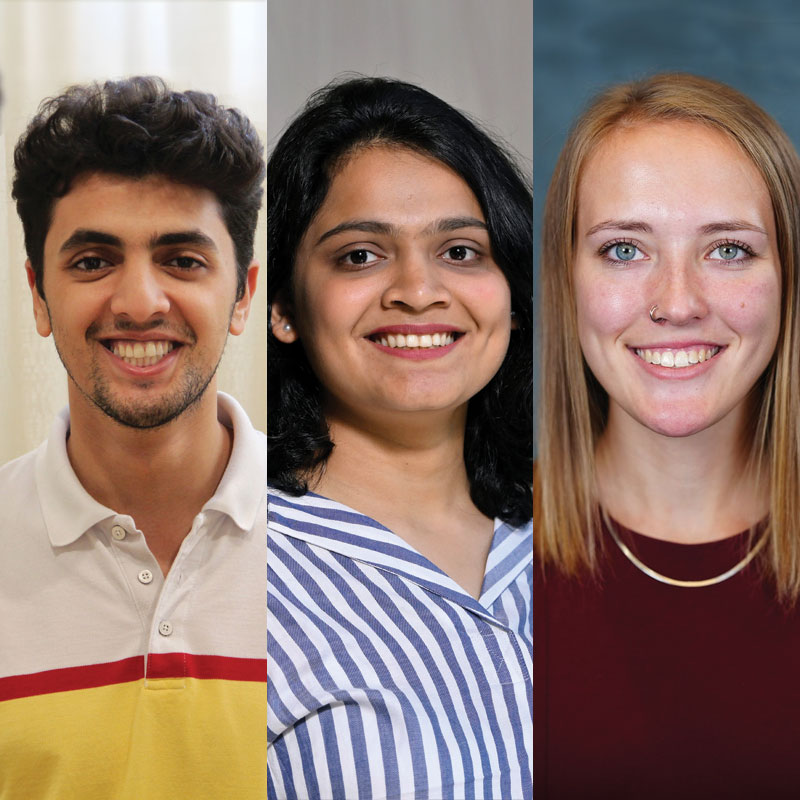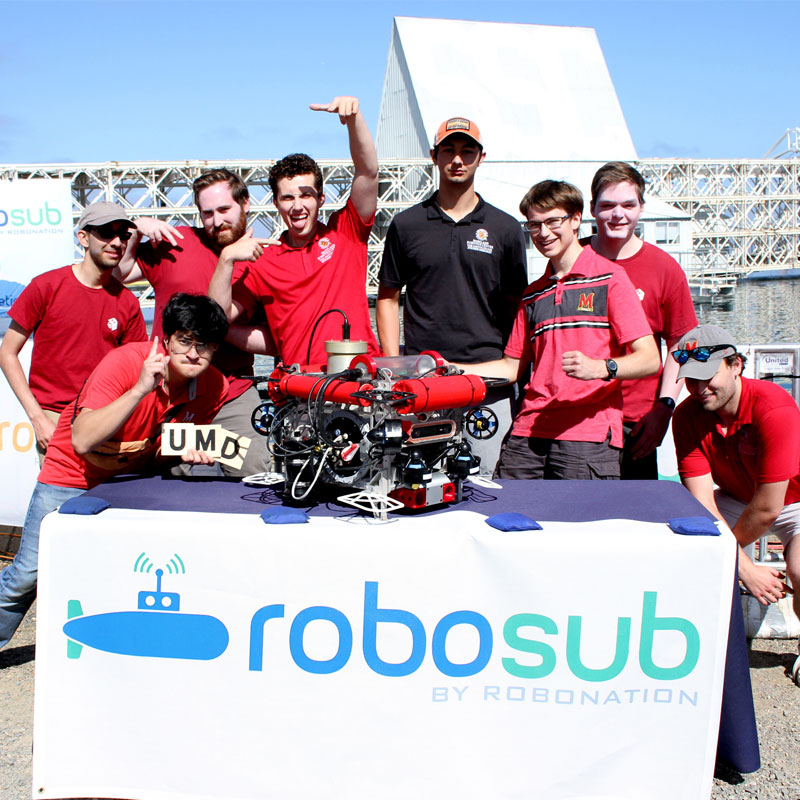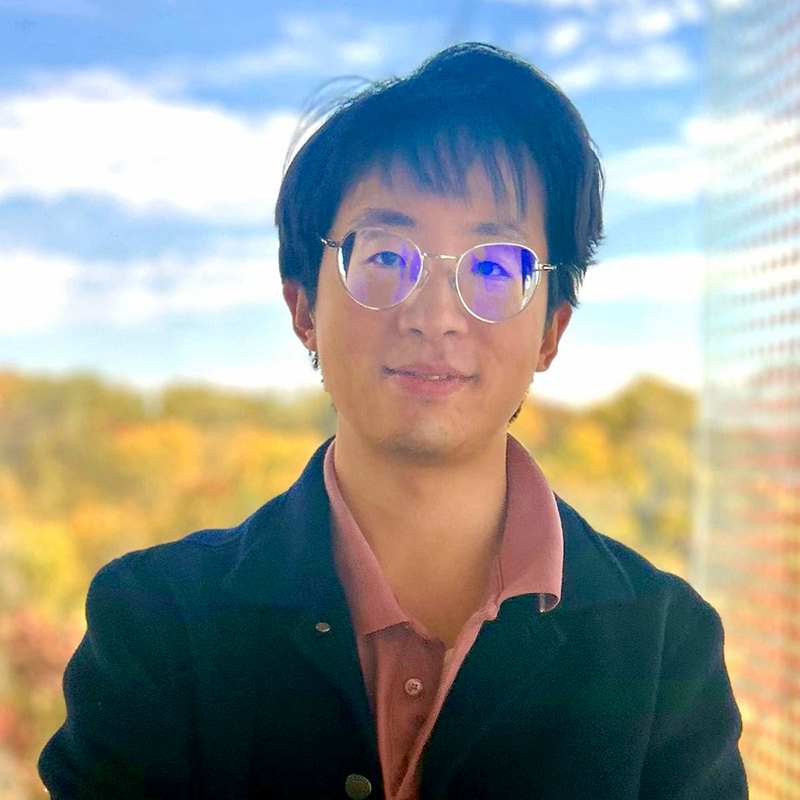News Story
Akin PI for NASA ASTEP award

NASA's ASTEP program combines the science and technology communities to enable future space missions to determine whether life exists or has existed outside Earth. Through a detailed, collaborative analysis of Earth's extreme environments, NASA believes it can better prepare to understand analogous systems elsewhere. The focus of ASTEP projects is to validate and improve existing technology, preparing it for future flight missions to test for life in the solar system and beyond.
In the project, Akin's Space Systems Laboratory will adapt its space robotics technology to build a dexterous robot arm for deep submergence activities. It will integrate this manipulator onto the Woods Hole Oceanographic Institute's SeaBed autonomous underwater vehicle and send it under the Arctic ice cap to sample marine life around hydrothermal vents at a depth of 4,000 meters.
Considerable scientific and public interest was generated by the discovery, almost two decades ago, of deep volcanic vents in the mid-Pacific and mid-Atlantic ocean rifts, which support rich biological environments that do not rely on sunlight. Recently, volcanic vents were also discovered under the ice cap in the Arctic. However, technology does not currently exist to sample the life forms around these vents. This project will be the first to obtain biological samples from the Arctic, which will tell scientists how much commonality in evolution exists between hydrothermal ecosystems in widely separated areas.
NASA will use this Earth-based investigation to gain understanding as to how to best conduct biological investigations of other bodies (most directly Mars and the Jupiter moon Europa).
Dr. Akin will be joined on the project by Assistant Professor Ella Atkins (AE), who will develop technologies for autonomous perception and planning to identify, target and capture specific biological specimen. Scientists at Woods Hole are also involved in the grant.
Published January 4, 2004

